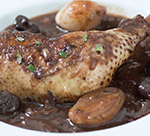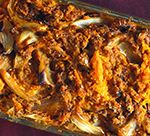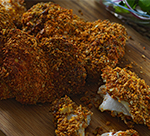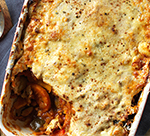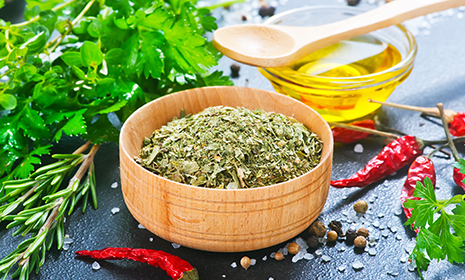
Essential dried herbs: transform your dishes
Dried herbs deserve a place in your kitchen.
Although not all of us would consider the likes of thyme, rosemary and sage ‘store cupboard essentials’, herbs crop up in recipes and cooking programmes with steady regularity – and it’s all to do with flavour.
You don’t have to be a Michelin-starred chef to know your way around the herbs in your kitchen, and you shouldn’t be put off from experimenting with different seasoning combinations.
Buying and storing herbs
It’s best to store herbs away from heat and light, so think twice before placing them in that attractive spice rack by the stove. A plastic box with various containers within is ideal – simply pop a label on top of each so they’re easily identifiable from above.
Some brands offer herbs in re-sealable foil sachets which is a great way to ensure they last for ages.
Specialist and wholesale shops sell large packs at low prices but, for the average household, it’s better to buy herbs in smaller quantities and more often.
Whilst it’s fine to choose dried versions for the majority of herbs, most chefs agree that basil, chives, coriander, parsley and tarragon are better when they’re fresh.
Using herbs when you cook
As a general rule, one teaspoon of dried herbs equals one tablespoon of fresh herbs. Try using a quarter to half a teaspoon of dried herbs per serving.
Try rehydrating dried herbs to release more flavour, and add them either at the beginning of cooking or 20 minutes before the end.To rehydrate, mix your herbs in one teaspoon of oil and leave for 10-15 minutes – this works well for marinades, dressings and sauces.
Herbs are also a brilliant way to cut down on the salt content of a dish – make sure that you add them during cooking rather than sprinkling them on top at the end.
Here are some of the most common dried herbs and ideas of how to use them in your dishes:
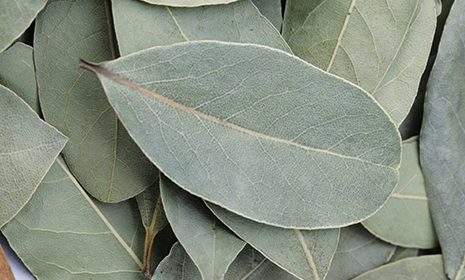
Bay leaves
Adding a delicate sweetness to stews, stocks, soups and braises, a bay leaf also adds a tasty twist to custards and rice puddings. Either stir the leaves in with the rice or infuse them in heated milk.
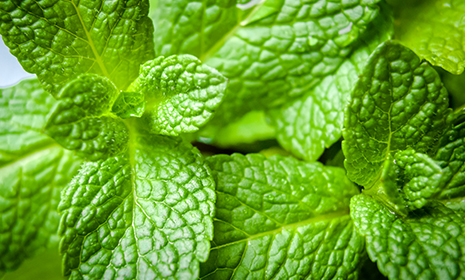
Mint
Widely used in Middle Eastern cooking, mint comes in a wide range of varieties. Dried mint can be overpowering, so be sure to use sparingly. If cooking savoury dishes, opt for spearmint, whereas for sweet dishes choose peppermint.
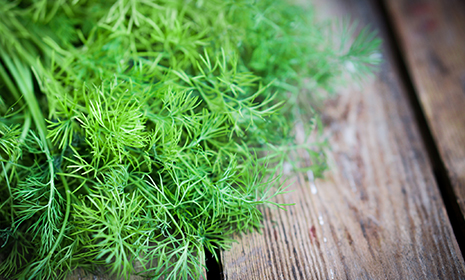
Dill
Usually associated with fish, dried dill also makes tangy addition to salad dressings, pickles and a range of egg or potato dishes.
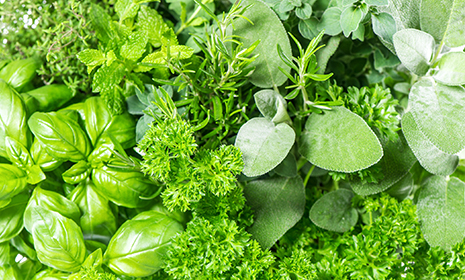
Mixed herbs
Ideal as a no-salt substitute for all types of meat and veg – Italian mixed herbs are excellent for pasta sauces and dressings.
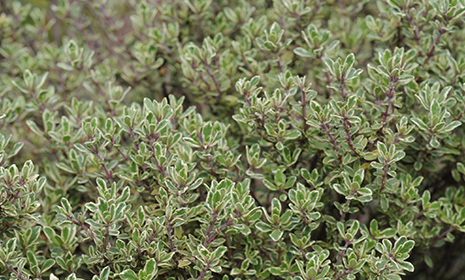
Thyme
A multi-purpose herb, dried thyme is a saviour when fresh is not available. Try cooking with chicken or in soups, casseroles and stews.
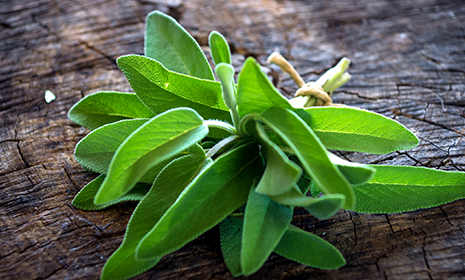
Sage
Try and choose rubbed or crumbled sage rather than the powdered variety. It acts as the perfect complement to pork, all types of poultry, vegetables and, of course, stuffing.
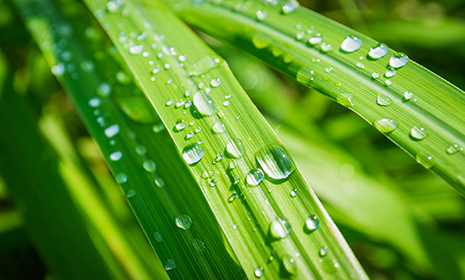
Lime leaves and lemongrass
Tear or shred lime leaves into a variety of Thai curries and soups for a gentle, distinctive citrus flavour. Lemongrass complements these types of dishes, especially with coconut. Choose freeze-dried lemongrass stalks which have the same fragrance and brightness as when fresh.
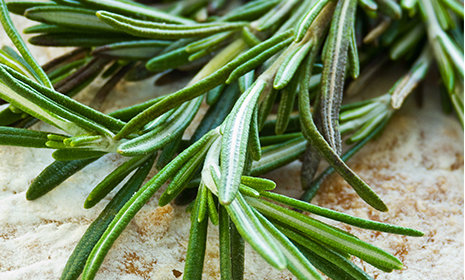
Rosemary
Working wonderfully in slow-cooked meals such as stews, casseroles, lamb dishes and Italian-style soups, rosemary is a robust and versatile herb. Be sure to chop it carefully or crush it beforehand if you don’t want spiky leaves in your finished meal.
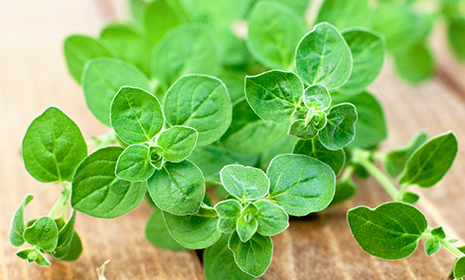
Oregano
Oregano is unique in that it’s possibly the one herb that’s considered better dried than fresh. A big player in many Italian and Mexican dishes, it goes extremely well with tomatoes and cheese.
A great way to cut down on salt, add dried herbs during cooking rather than sprinkling on top.
More kitchen pointers
Most chefs agree that basil, chives, coriander, parsley and tarragon are better when they’re fresh.
Want to add dried herbs to your dishes? Here's some inspiration...
